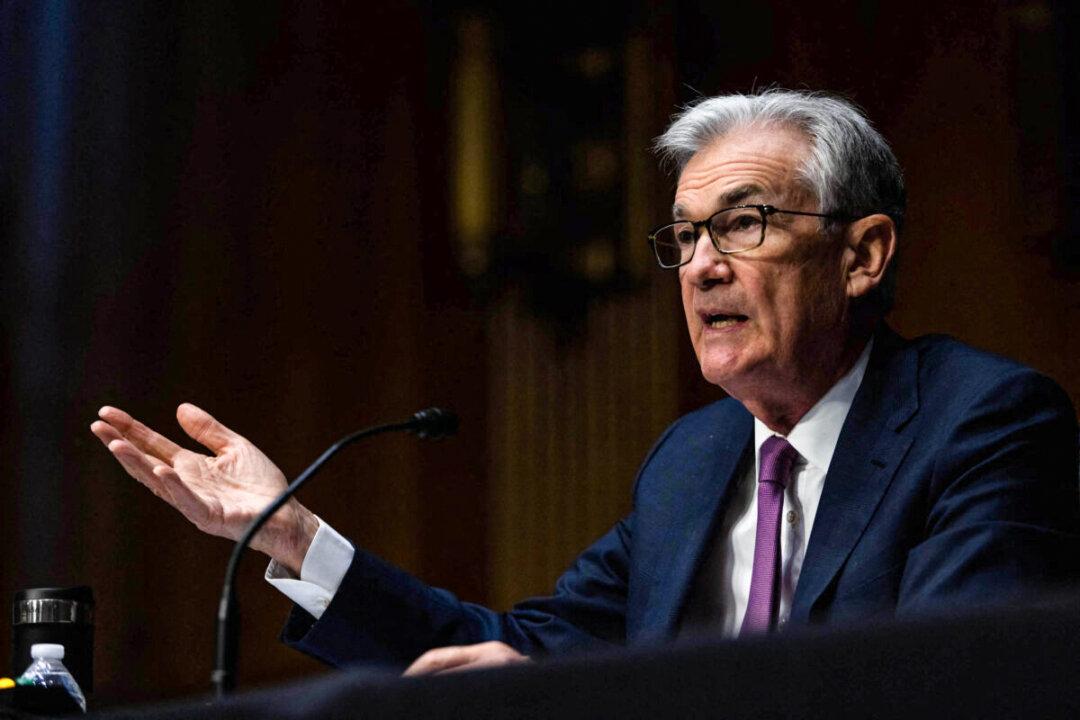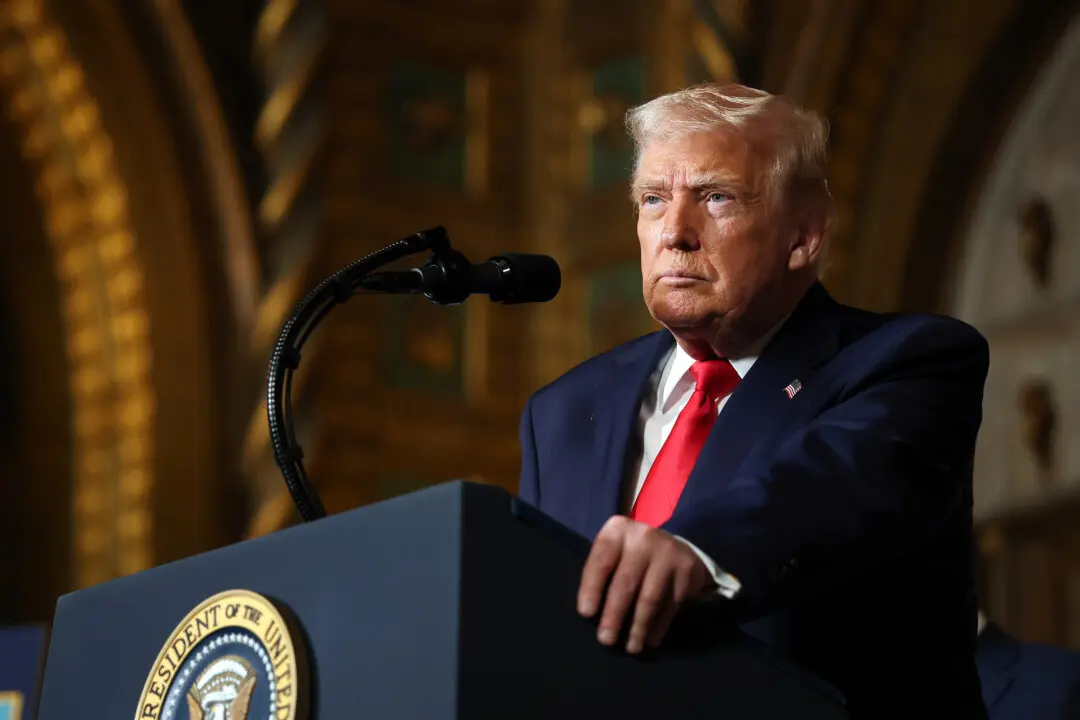Persistently high inflation is raising the risk that the Federal Reserve will move to tighten monetary policy more aggressively, Goldman Sachs analysts said in a weekend note, with the Wall Street giant seeing a growing possibility of more than four interest rate increases this year.
The Fed’s most recent dot plot, which charts policymakers’ outlook on the path of future interest rates and was released as part of the central bank’s revised December Summary of Economic Projections (pdf), projects three quarter-point rate increases in 2022. That would put the target federal funds rate within a range of 0.75 and 1.0 percent by the end of the year.





